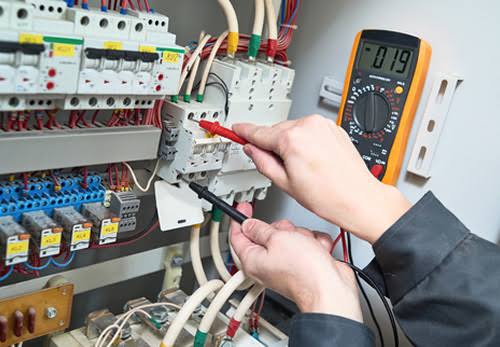03 Feb

Initial Consultation: As a control contractor, we would start by meeting with the client to understand their specific needs and goals for their building’s control system. We would discuss factors such as the desired level of automation, energy efficiency requirements, comfort preferences, and any special considerations.
System Design: Based on the client’s requirements, our team of expert control engineers would design a customized control system. This would involve selecting the appropriate control devices, such as sensors, actuators, and controllers, and determining the ideal network architecture for seamless communication between different elements of the system.
Material Procurement: Once the design is finalized, we would procure the necessary control components and equipment from trusted suppliers. We would ensure that all materials are of high quality and compatible with the planned system.
Installation and Integration: Our skilled contractors would install the control devices and integrate them into the existing infrastructure of the building. They would carefully wire and mount sensors, connect actuators to mechanical systems, and program the controllers to enable precise control and automation.
Testing and Commissioning: After installation, our team would thoroughly test the control system to ensure proper functionality. This would involve verifying sensor accuracy, testing control algorithms, and conducting system-wide simulations to ensure optimal performance. We would also collaborate with the client to fine-tune the system according to their preferences.
Training and Handover: Prior to handing over the control system to the client, we would provide comprehensive training to the building operators and maintenance staff. This training would cover system operation, troubleshooting techniques, and routine maintenance procedures to ensure efficient long-term management of the control system.
Ongoing Support: After the handover, our company would provide ongoing support and maintenance services. This may include remote monitoring of the control system, periodic inspections, software updates, and prompt response to any issues or concerns raised by the client.